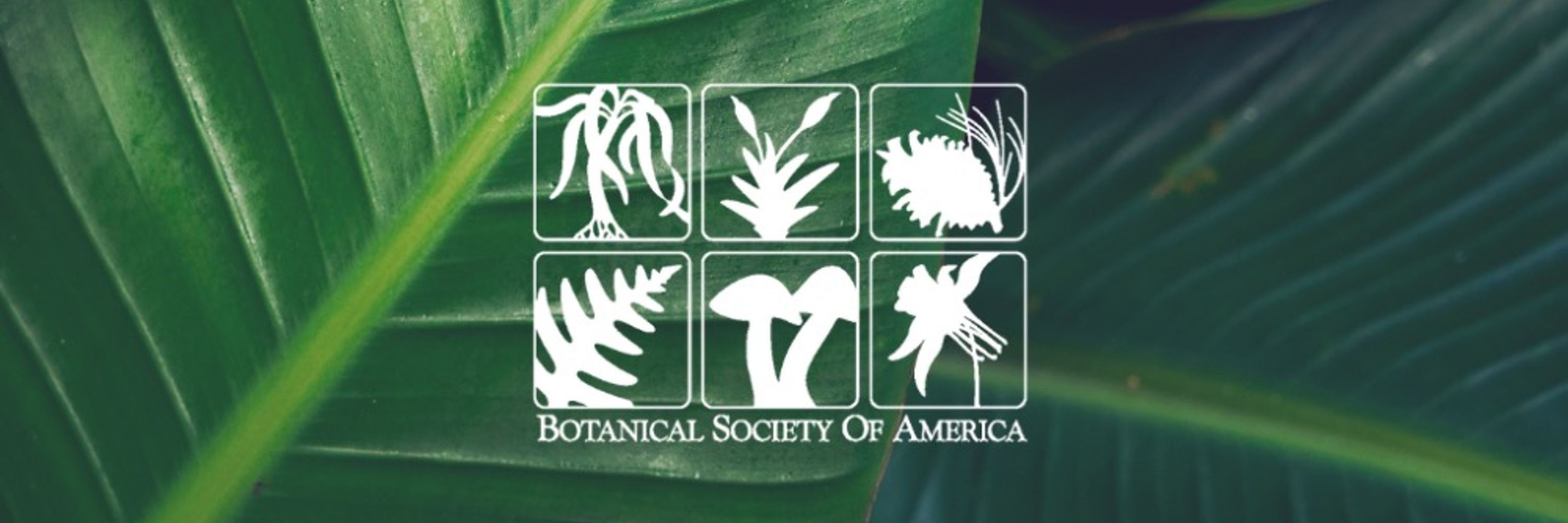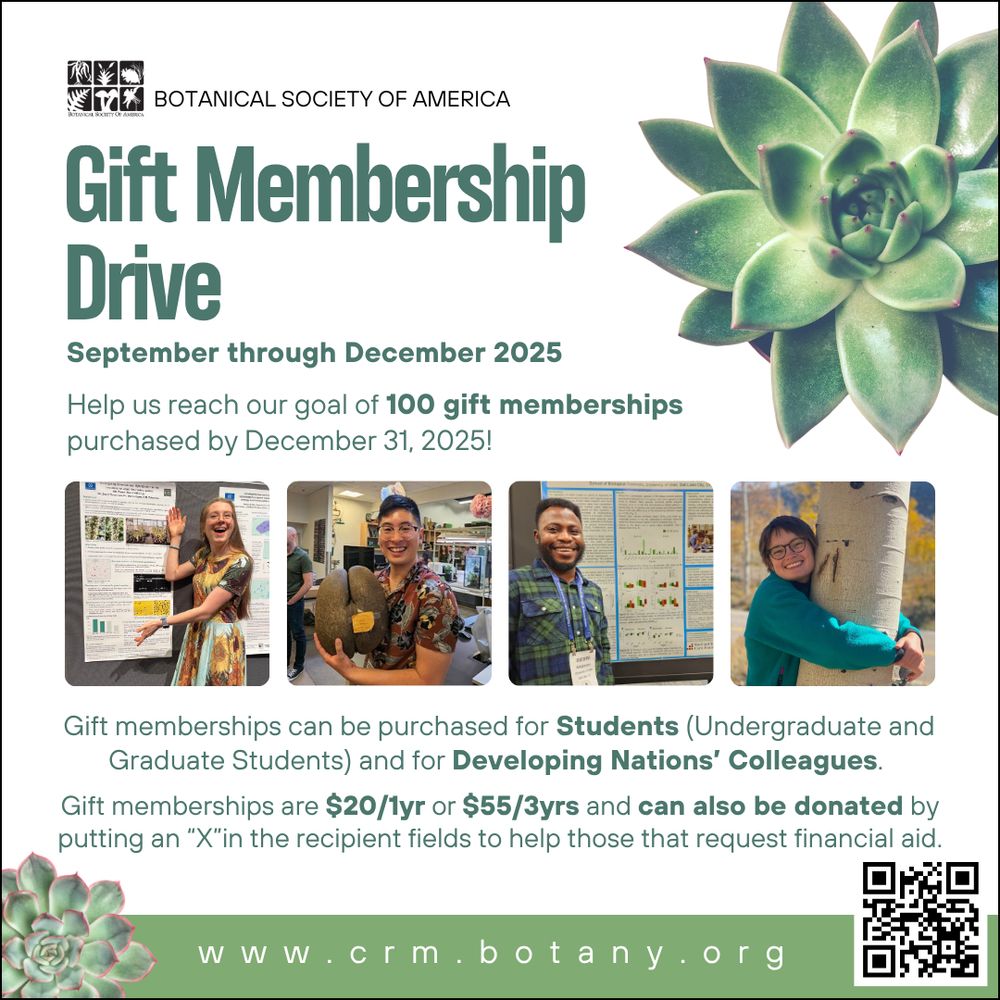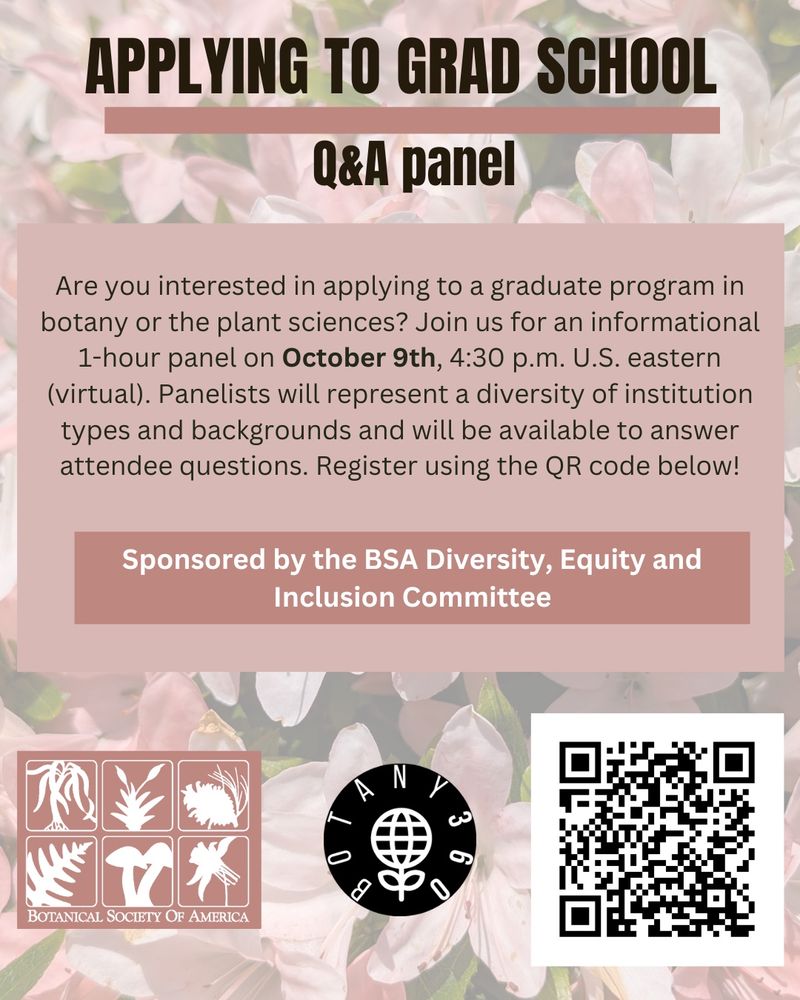Botanical Society of America
@botsocamerica.bsky.social
5.2K followers
230 following
1K posts
The Botanical Society of America mission is to inspire and promote an inclusive global community committed to advancing fundamental knowledge and innovation in the botanical sciences for the benefit of people and the environment.
Posts
Media
Videos
Starter Packs
Reposted by Botanical Society of America
Reposted by Botanical Society of America
























